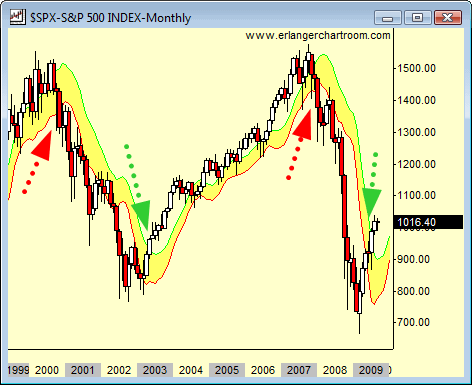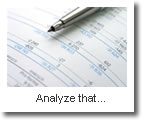Bias Indicators
When entering into a trade, there are two basic types of strategy indicators: setups and triggers.
Before starting the process of investment and trading decision making, we cannot stress enough the importance of determining a bias for a market. Whether it be stocks, commodities, fixed income or currencies, a cogent set of bias indicators goes a long way to positive results when deploying set and trigger tactics.
So, what do we mean by bias?
Bias indicators answer the questions: Should I be long a market or should I be short a market? Should I not be in a market at all, or should I take both long and short positions?
Bias indicators tend to be just like any other technical indicators, but their use is often in an alternative interval than those used for setups and triggers. For example, if you are trading on daily data, you might want to use weekly or monthly indicators for bias determination. If you are trading 5-minute intraday bars, you might look at hourly data.
One of our favorite big picture bias indicators in the monthly DMA (displaced moving average) channel indicator:

When the S&P 500 index closes below its monthly DMA channel (see red arrows in the above chart), a negative big picture bias is established. This would be a good time to be out of the market (or short the market.) When the S&P 500 index closes above its monthly DMA channel (see green arrows in the above chart), a positive big picture bias is established. This would be a good time to be long the market.
Once a positive or negative bias has been established, setup and trigger tactics in the direction of the bias are recommended.

